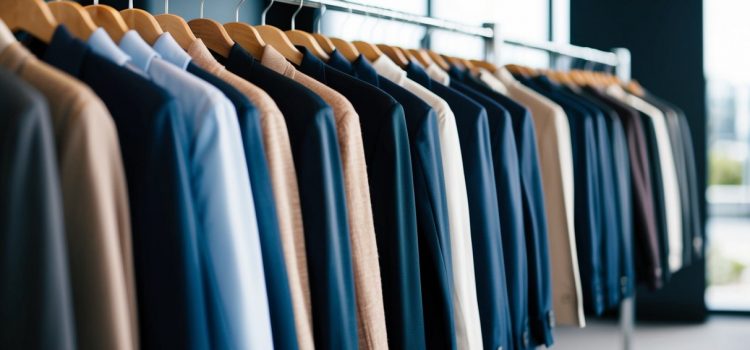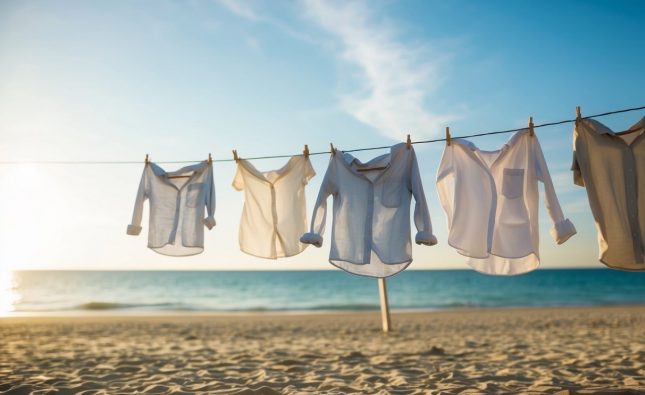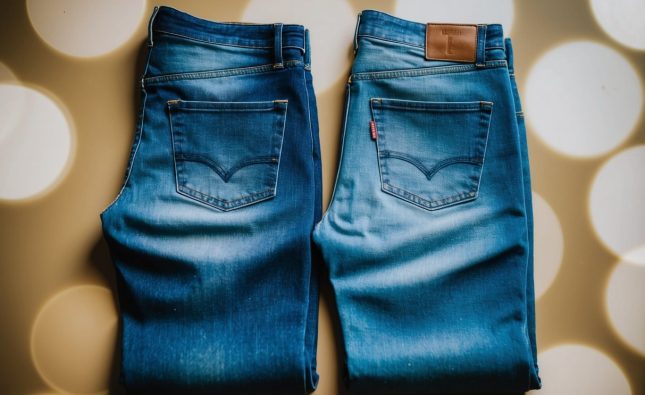
In the realm of workwear, blazers and cardigans serve distinct purposes, each with its own advantages. Choosing between a blazer and a cardigan ultimately hinges on the dress code and the level of professionalism required for the workplace. Blazers exude a polished and structured appearance, making them ideal for formal settings and important meetings.

On the other hand, cardigans offer versatility and comfort, allowing for a more relaxed yet still professional look. They can easily transition from office hours to after-work events, providing functionality without sacrificing style. Understanding when to select each option can empower individuals to make informed wardrobe choices that enhance their professional image.
Defining Blazers and Cardigans
Blazers and cardigans are staple pieces in workwear, each offering distinct styles and functions. Understanding their histories provides context for their current usage and popularity in professional environments.
History of Blazers
Blazers originated in the 19th century, primarily associated with sporting and naval uniforms. The term likely derives from the “Blazer,” a red jacket worn by the Lady Margaret Boat Club at Cambridge University in 1825. Initially designed for practicality, blazers evolved into tailored garments often made of wool or cotton. They gained prominence in business attire during the 20th century, becoming synonymous with professionalism. The structured silhouette and formal designs allow for versatility in various work settings, making blazers a core item in both men’s and women’s wardrobes.
History of Cardigans
Cardigans trace their roots to the early 19th century with the creation of the knitted garment by James Brudenell, the 7th Earl of Cardigan. Originally intended for warmth during the Crimean War, the cardigan quickly transitioned into civilian fashion. The introduction of button-up fronts contributed to its appeal, allowing layering over shirts and blouses. By the mid-20th century, cardigans became popular in casual and professional settings alike. Today, they display a range of styles, from lightweight knits to structured options, making them adaptable for various occasions while maintaining comfort and style.
Blazers in the Workplace
Blazers are a staple in professional attire, known for their structured silhouette and polished appearance. They enhance the overall professionalism of an outfit while offering versatility in styling.
Formality and Professionalism
A blazer elevates an ensemble, often seen as synonymous with professionalism. Its tailored design provides a refined appearance suitable for various work environments. In industries such as finance and law, blazers are almost mandatory.
When paired with dress shirts or blouses, they communicate authority and competence. Fabrics like wool or tweed add to the formal nature, while colors such as navy, black, and gray tend to be preferred for their classic appeal.
In more creative fields, blazers can introduce a touch of personal style. Unique patterns or unexpected fabric choices can balance professionalism with individuality.
Versatility and Pairing
Blazers lend themselves well to a range of outfits, making them a versatile choice for workwear. They can be paired with trousers for a polished look, or with jeans for a business-casual vibe.
Combining a blazer with a simple t-shirt can create a chic and relaxed yet professional appearance. Accessories, such as statement necklaces or scarves, can enhance the look without overwhelming it.
Footwear choices also vary; blazers can be worn with classic pumps or stylish loafers. The adaptability of blazers allows individuals to tailor their ensembles to fit specific workplace cultures and personal preferences.
Cardigans for Business Casual

Cardigans are a versatile choice for business casual environments. They combine a relaxed aesthetic with professional appeal, making them ideal for various workplace settings. Comfort and style work hand-in-hand when incorporating cardigans into daily attire.
Comfort and Functionality
Cardigans are designed for comfort, often made from soft materials like cotton, wool, or cashmere. This fabric choice ensures breathability and warmth, essential for fluctuating office temperatures.
The open front of a cardigan allows for easy layering, which is beneficial when transitioning between indoor and outdoor environments. For added convenience, many cardigans come with pockets, perfect for storing essentials like pens or a small notepad.
Cardigans can accommodate different body types, providing a flattering silhouette that enhances professional appearances. Their flexible structure enables them to complement a variety of outfits, making them a practical staple.
Styling Tips for Cardigans
When styling a cardigan for business casual, consider the fit and length. A tailored cardigan that hits at the hip creates a polished look. Opt for neutral colors such as navy, gray, or black for a classic vibe, while soft pastel shades can add a touch of personality.
Layering is key; pairing a cardigan over a crisp button-down shirt or a fitted blouse achieves a balanced look. Accessories can elevate the ensemble—adding a statement necklace or a silk scarf enhances visual interest.
Footwear also plays a crucial role. Closed-toe flats or low-heeled shoes keep the outfit professional. Finally, choosing quality fabrics enhances the overall appearance and longevity of the cardigan, ensuring it remains a reliable choice for any business casual setting.
Factors to Consider When Choosing Workwear
Selecting the right workwear involves evaluating several essential components. Considerations such as workplace culture, individual style, and the appropriate seasonal attire play significant roles in making a suitable choice.
Workplace Culture and Dress Codes
Workplace culture greatly influences clothing choices. Many organizations have specific dress codes that range from formal to casual.
- Corporate Environments: Professionals may prefer blazers for a polished look. Blazers offer a structured, elegant appearance that typically aligns with business requirements.
- Creative Workplaces: A more relaxed atmosphere allows for cardigans, which provide versatility and comfort while still maintaining professionalism.
It’s vital to observe how colleagues dress and align choices accordingly. This ensures a cohesive appearance within the office while still allowing for personal preferences.
Personal Style and Body Types
Individual style and body type significantly affect workwear choices. Each person has a unique silhouette and preference, necessitating options that enhance comfort and confidence.
- Body Shape Consideration: Blazers can create a tailored look for hourglass figures, while cardigans can be flattering for various shapes when chosen wisely.
- Colors and Patterns: The choice of color and pattern should reflect personal taste while remaining appropriate for the workplace. Neutral tones offer versatility, whereas bold patterns can showcase personality.
Finding items that integrate seamlessly into a personal wardrobe can boost self-assurance and improve overall workplace presence.
Seasonal Appropriateness
Seasonal variation dictates appropriate materials and layering options in workwear. This consideration ensures comfort throughout the year while adhering to standards.
- Winter Attire: Heavier blazers made from warm fabrics may be suitable, while cardigans can add layers for warmth without compromising style.
- Summer Options: Lightweight, breathable fabrics are essential during hotter months. Loose-fitting cardigans can keep a professional look while ensuring comfort.
Choosing suitable materials and styles for different seasons prevents discomfort and enables individuals to present themselves confidently, regardless of the weather.












